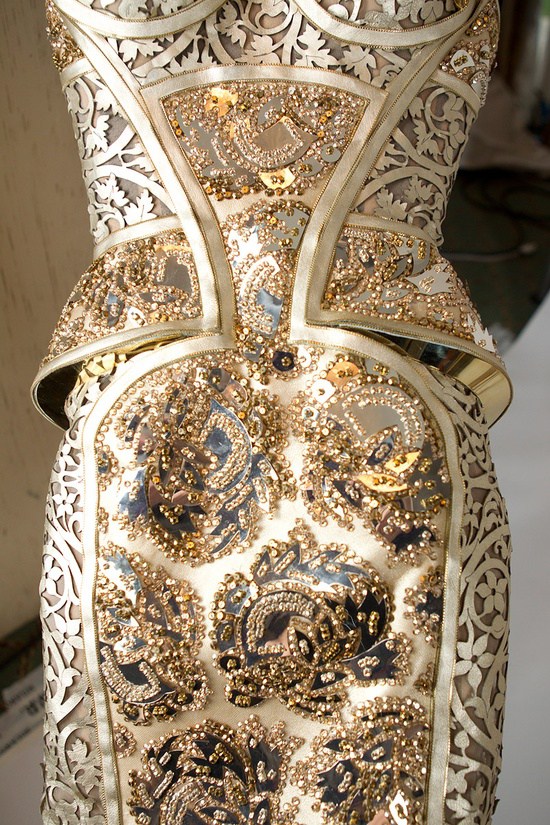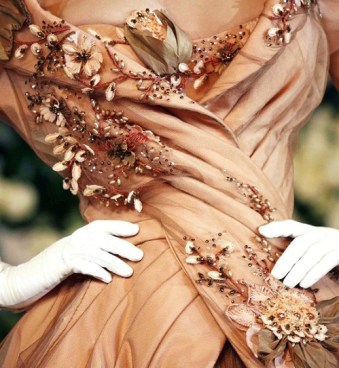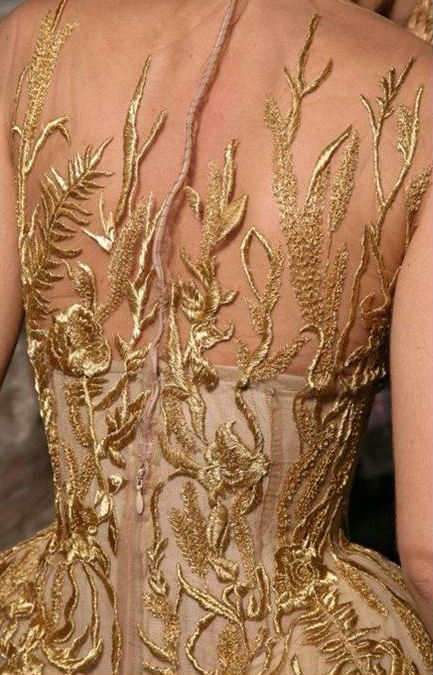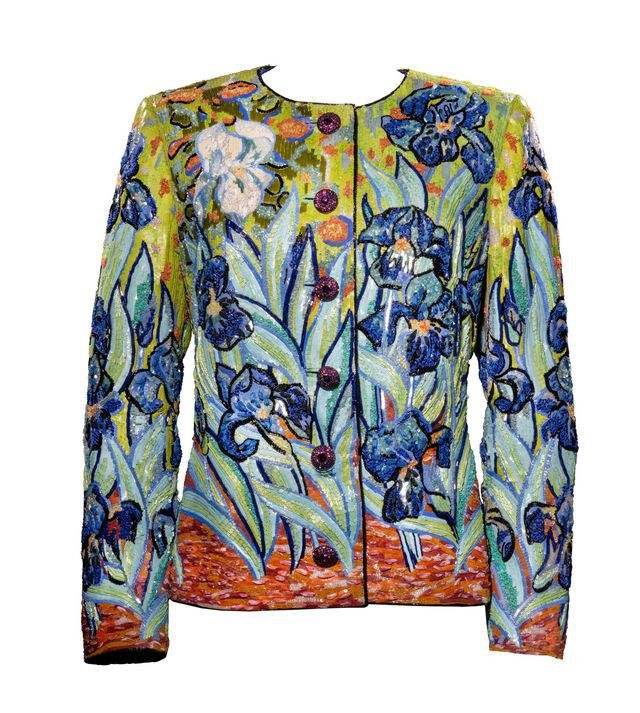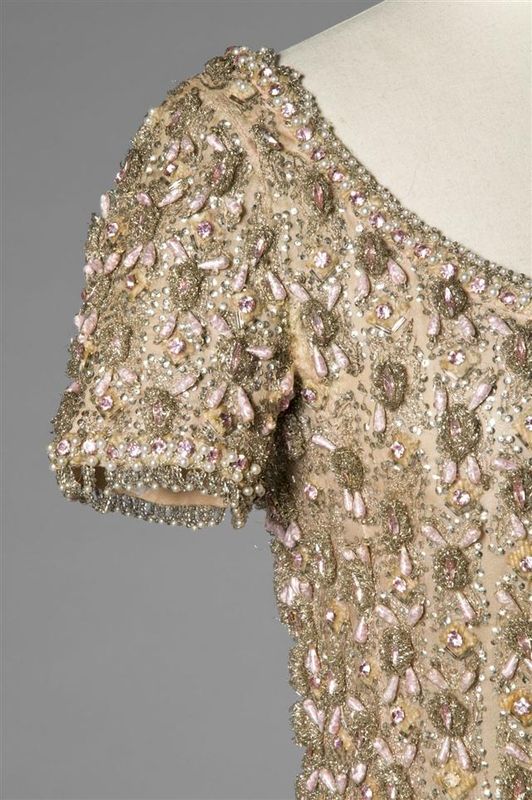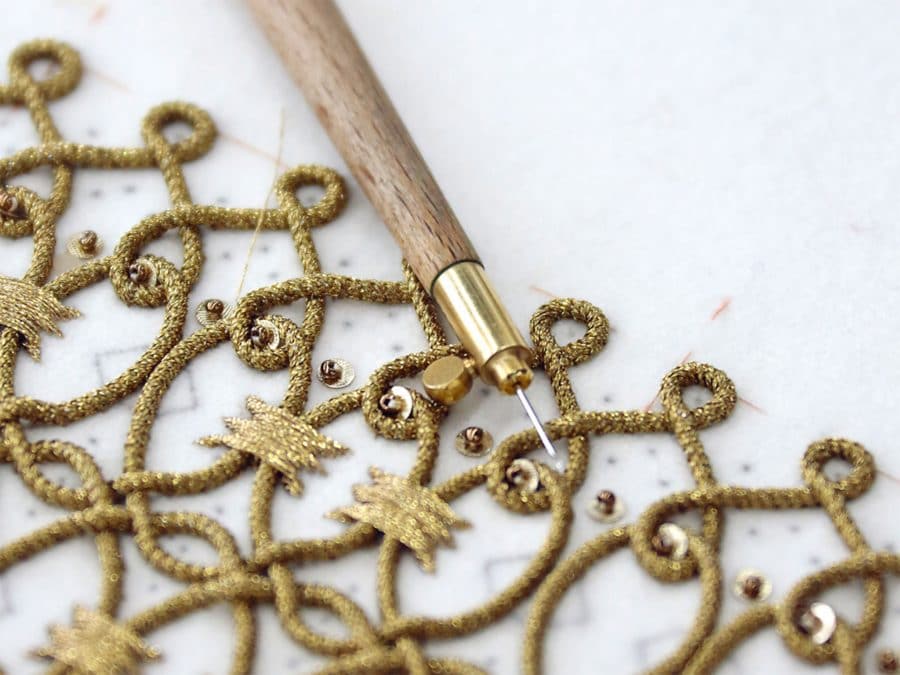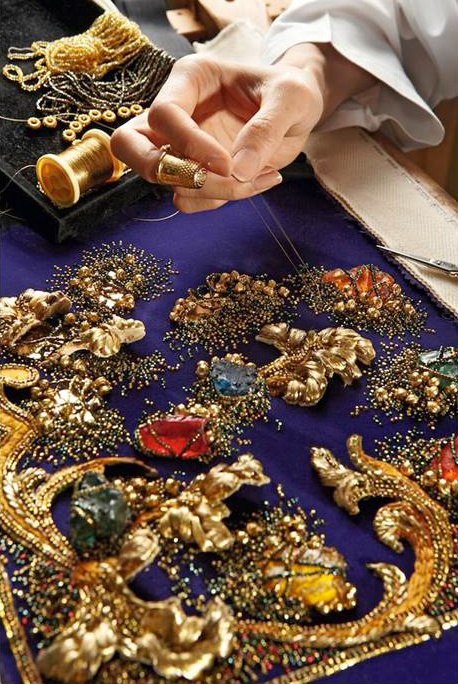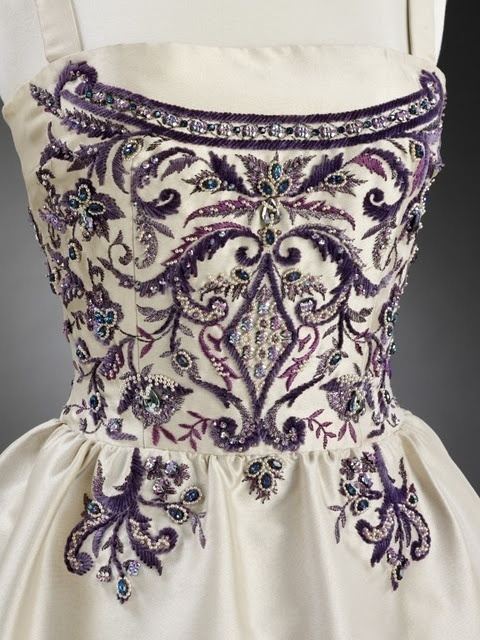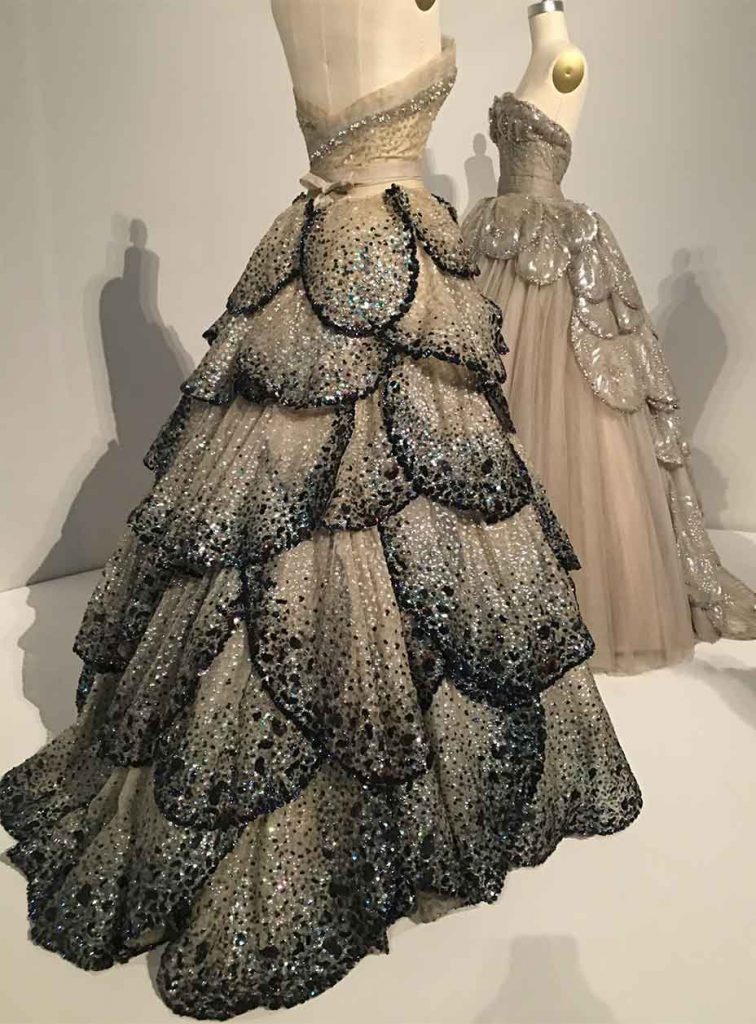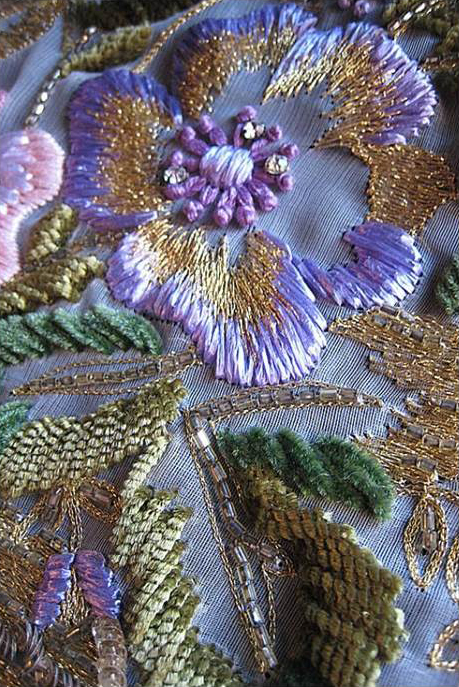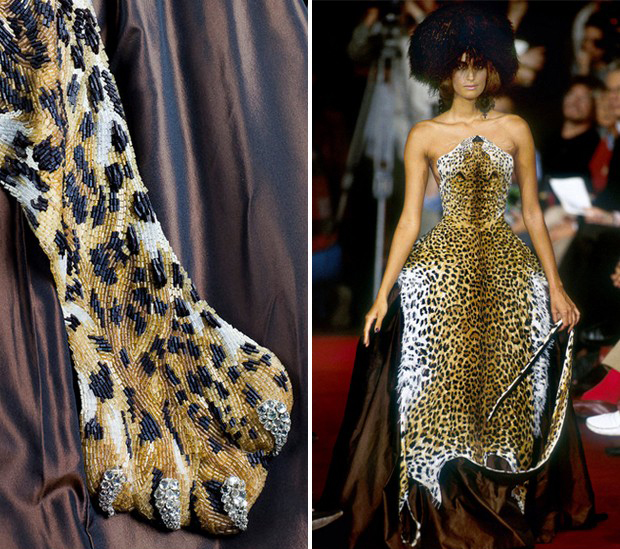Discover the individuals that, like François Lesage, have shaped the Firm’s creative director and designer’s aesthetics, philosophy and work in the series ICONS.
An archive of more than 70 thousand samples, dozens of techniques and countless materials that for decades have taken the trade one step further, combining craftsmanship and innovation. His name is synonymous with prestige and even Karl Lagerfeld said of him that “that there is no Couture without embroidery, and no embroidery without Lesage.”
Despite the fact that the figure of François Lesage is the most prominent and prolific of the family saga, the legacy of the Lesage house dates back three generations in time, to the mid XIXth century, where the origins of fashion and Haute Couture as we understand it today lie. It is in this fashion-art hybrid that fills the catwalks, red carpets and lucky wardrobes with creativity and theatricality, in which the Lesage house has played an important role.
It was in 1924 that Albert and Marie-Louise Lesage acquired Albert Michonet’s atelier, founded in 1858. Fabric supplier to Charles Worth, considered the first Haute Couture designer, and embroiderer for the Paris theater companies and the court of Napoleon III, Albert Michonet’s workshop became one of the most important in the French capital. That is why him, a salesperson and director in the textile and fashion sector who joined the workshop as a future successor, and her, in charge of embroidery at the couturière Madeleine Vionnet, saw the potential and bet on the business, renaming it Albert Lesage & Cie.
The roaring twenties smiled at the Lesage house, who designed extravagant and magnificent embroidery for Vionnet, Paquin, Poiret or Schiaparelli, among many others. The rising economy and general optimism and exuberance in the art scene are the main characteristics of this era, that reflected in the embroidery of the house. As an anecdote, and with a future turn of events at least ironic (since almost a century later Chanel will buy the atelier to guarantee its survival) the Lesage workshop never embroidered for the Maison Chanel at this time, due to Coco’s bitter enmity with the designers Poiret and Schiaparelli.
Despite the fact that when acquiring Michonet’s atelier, the Lesage diversified and began to produce their own line of fabrics and prints, the two World Wars and its biggest competitor, René Bégué, wreaked havoc on the company during the following decades. It would be Schiaparelli who in the ’30s would save them from ruin. The resulting Cocteau designs and Zodiac collection would become one of the most iconic pieces of the Italian designer.
Of the three sons of the Lesage, François inherited the talent for colour from his mother and drawing from his father, showing great talent at an early age. At 19 he was sent to the USA where he came into contact with Hollywood at the time dressing starlets as Edith Head or Marlene Dietrich. The sudden death of his father made him return to Paris in 1949 and take the reins of the workshop with his mother.
With Haute Couture at its peak, and with François at the helm, the 50s was one of the company’s golden ages, which did not stop expanding and gaining prestige, working for Cristóbal Balenciaga, Christian Dior, Pierre Balmain, Jacques Fath, Jacques Heim, Jean Dessès… But the homogenization of fashion and the irruption of ready-to-wear made the house fall again, which was then recovered in the 70s thanks to Yves Saint Laurent and its ostentatious and refined taste, that considered the lavishly hand-embroidered clothing as the quintessence of luxury. One of the most iconic pieces by both creators is the jacket inspired by Van Gogh’s Sunflowers and Lilies, a piece with more than 250 thousand sequins in 22 colors, hundreds of hours of production and valued at more than 100 thousand euros.
One of the most remarkable aspects of Maison Lesage is its innovation and work with exceptional materials: Murano glass for small flowers and imitation of semi-precious stones, such as lapis lazuli, jade, turquoise rocks with black fabric patterns, artificial stones, pebbles and cabochons. It is known that they crushed gelatin sequins to give them the appearance of hammered coins, combined chenille and mink, and used metal sheets and fish scales.
The 80s and 90s saw the internationalization of the house, acquiring clients from Italy, Japan and the USA like Calvin Klein, Bill Blass or Oscar de la Renta. It was also when Karl Lagerfeld joined Chanel and their fruitful and close relationship began. The list of big names that François Lesage worked for is extensive, to which are also added small brands and emerging designers, for whom on many occasions worked for free with the clear conviction that supporting young talent is essential to maintain the industry and trade alive. In his time Christian Lacroix or Jean Paul Gaultier, and today Alexandre Vauthier, are proof of this.
At the turn of the century and with the gradual fall of Haute Couture, becoming more of an art and entertainment form for large houses than a profitable business, debts accumulated once again. The acquisition of the company by Chanel in 2014 was crucial to guarantee the continuity of the house, its historical legacy and centuries-old artisan techniques, without restricting its services to its new owner but allowing them to continue producing for all kinds of brands and designers.
Towards the end of his life, François received all sorts of accolades and awards. Fashion museums dedicated exhibitions to him, awarded him the “Legion of Honor” and, shortly before his death, he received the highest cultural distinction in France: being named Maître d’Art, master of the arts.



